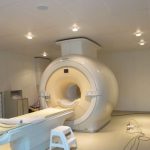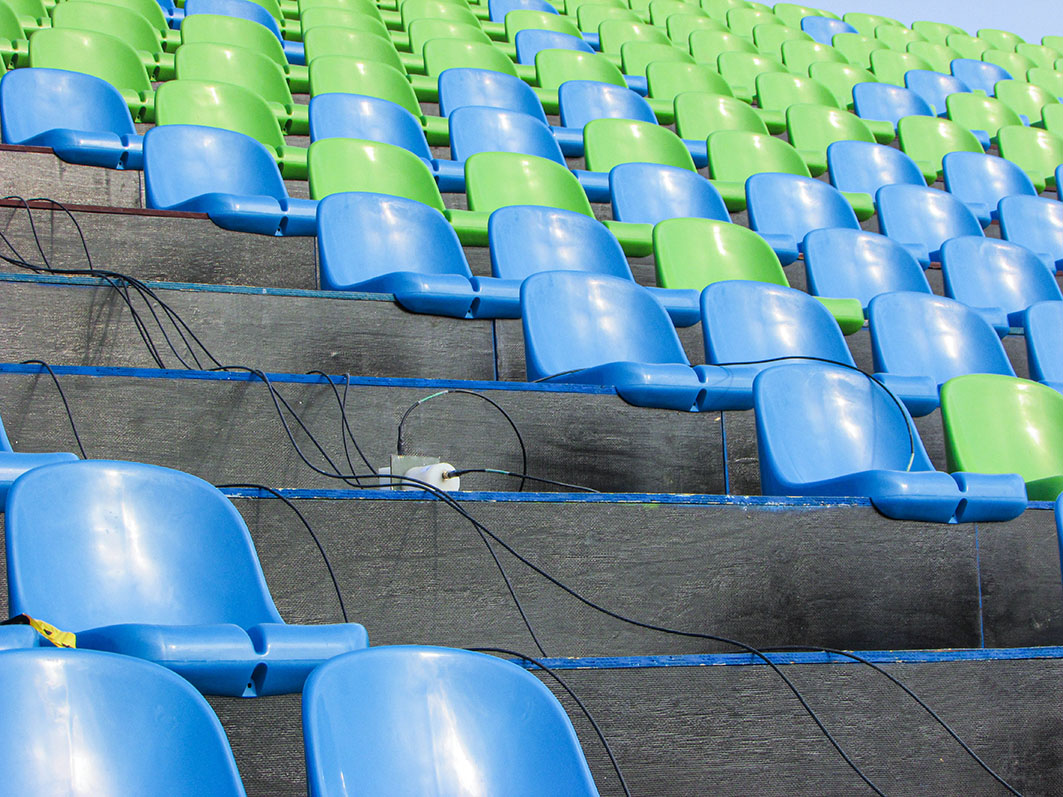WebTranspo: technology can minimize subway noise pollution
By: Webtranspo newsroom / Marco Garcia
Much is said about chaotic traffic and the absence of efficient public transport in the city of São Paulo. Panels, meetings and lectures are and have already been held to discover a method that increases mobility in the largest Brazilian city. The results of the debates point to a subway system that advances through the four corners of the metropolis. However, the task is not as simple as that. It involves many issues that sometimes escape the competence of the company that is in charge of the works. Two of these problems are the noise and vibrations of the subway line, which in the future will cause inconvenience to residents and workers of houses and companies installed along the route of the trains.
With that in mind, IEME Brasil Engenharia Consultativa, which works on projects that attenuate vibrations and noise around railway lines, developed the VVP-IEME (Permanent Track Vibrations) technology to eliminate secondary problems caused to the population neighboring the railway network. The system was successfully used in the stands of the Cícero Pompeu de Toledo stadium, Morumbi, in 1996, to free up the stage for matches, which had been interrupted by Contru (Department of Control of Property Use). According to Liana Becocci, Director of IEME Brasil, the system is being applied to some lines of the São Paulo Metro, such as the Green Line, which through VVP eliminated the nuisance of vibrations and noise in 15 kilometers of tracks.
Mapping
The method makes use of experimental techniques that quantify the effects produced by vehicle traffic on rails, first mapping the entire region surrounding the line to survey the types of constructions that exist in the area. Technology can be added to future railway projects This procedure provides important information to the construction company, such as identifying which areas cannot be affected by vibrations or noise, such as hospitals and theaters. “With the map in hand, the company can make a schedule detailing which structure needs to attend first and which can wait a little longer; anyway, the main advantage is to optimize all the problems that the structure has”. “With the simulation, we can check the degree of vibration that the Metro transfers to neighboring houses, as the lines can be directly applied to the ground, and such a procedure can affect constructions or even compromise the structures of nearby bridges. We see if these noises are exceeding the limits prescribed by legal norms”, reports Liana.
Shock absorbers on the rails
In this way, IEME collects information on the critical points and forwards it to the responsible company, even suggesting the application of a mitigation system called “Massa spring”. It is a system composed of a floating slab (mass) that supports the fixing of the rails, then the fixing of the train. This slab is interconnected to the dampers (springs), which work together to minimize the effects of vibrations caused by the passage of trains”, points out Daniela Davi, Engineer at IEME. IEME manages the support installation works and then returns to the critical points to carry out practical tests that verify the effectiveness of the system before the lines start operations.
The director claims that the technology can be applied to any rail system, including future TAV (High Speed Train) and VLT (Light Rail Vehicle) projects, as well as CPTM (Companhia Paulista de Trens Metropolitanos) trains. . It is worth noting that IEME does not sell products. “We only offer studies and guidelines that determine the parameters and, from there, the market has to manufacture a product that meets the specifications. We only supply the characteristics for manufacturing”, says the executive“ Our job is to discover the problem, find a solution and indicate to the company what type of product can be used to solve the problems”, she completes.
Read more

Contract with CPTM provides for renovation of 11 CPTM stations Accessibility for people with special needs (public and employees), as well as meeting the basic needs of comfort and safety of employees (in compliance with the NR-24 standard), is one of the... 
Mapping of the neighboring community around the works on Line 6 – Orange of the São Paulo Metro IEME worked along the stretch of 13 construction units for the works on Line 6 – Orange of the São Paulo subway. Assembly of a specific database, aiming to meet the needs of the Contracting... 
Guarantee of operation of equipment at Hospital São Paulo São Paulo Metro overcomes another challenge An article in “Revista Brasil Engenharia – Especial Metrô 50 anos”, by Adilson Roberto Takeuti and Antônio José Caldas de Souza,...

